A Month of Black History Exploration
Black History Month 2024
In recognition of Black History Month, the OIDI education team has curated a variety of books, podcasts, music, and films that showcase the rich culture and history of Black people. We take much joy in sharing these materials with you. By deepening our connection to one another through education, we continue the journey of fostering the community we seek in the wider world.
Follow us on Instagram, LinkedIn, and X for our weekly release of books, podcasts, and more!
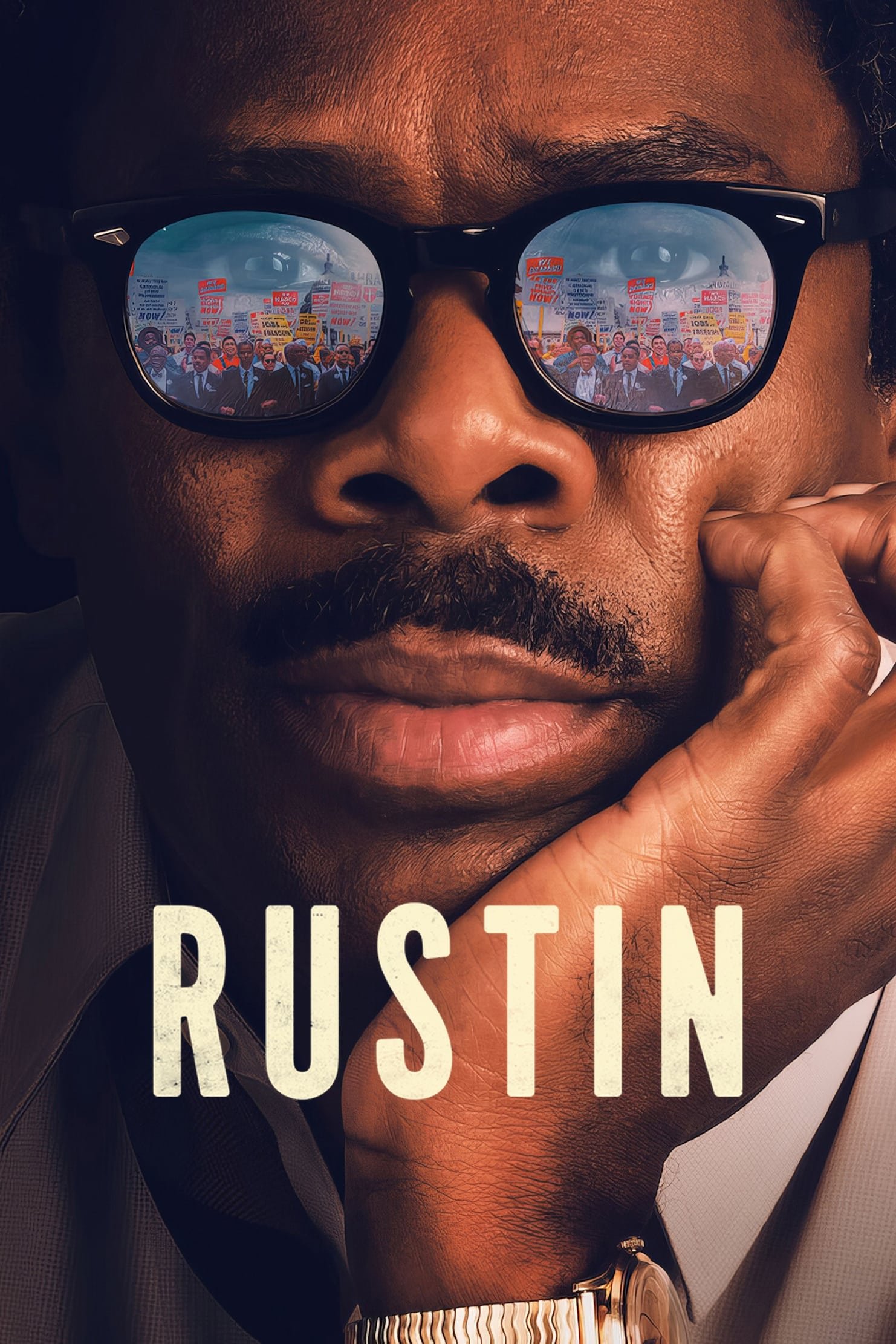 Rustin
Rustin
Watch | Narrative or Doc Film
Bayard Rustin was a civil rights activist who was not only an integral part of the March on Washington but also provided key understandings of non-violent tactics and ideas to Dr. King. His role in the civil rights movement was not well known because he lived openly gay man. Rustin is a narrative retelling of his work and advocacy. In this film, we get a snapshot of the man behind the largest civil rights demonstration in United States History.
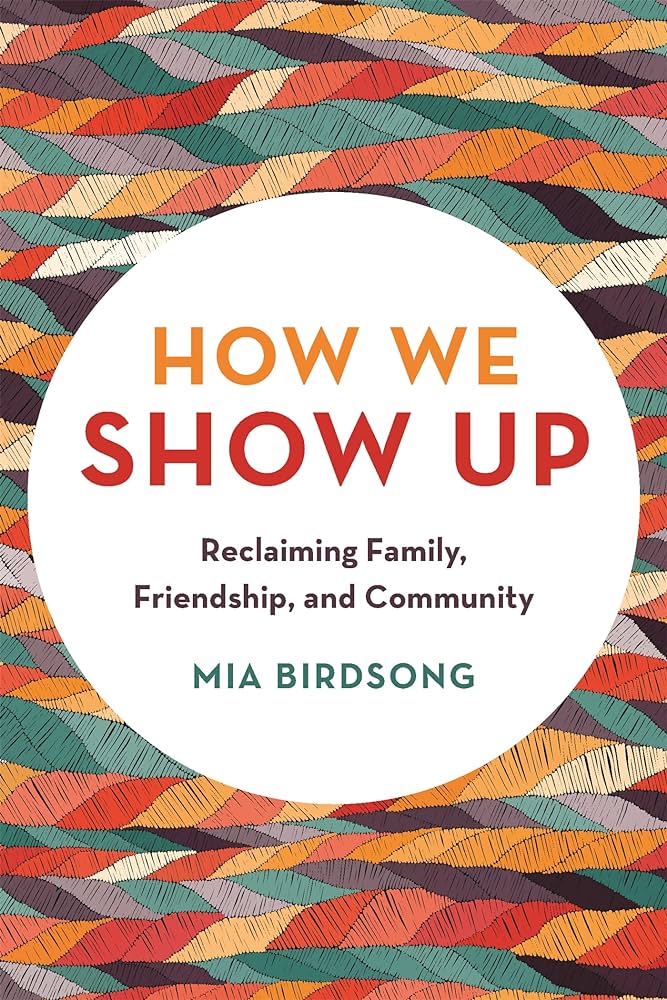 How We Show Up, Mia Birdsong
How We Show Up, Mia Birdsong
Read | Book/Essay/Interview
“In How We Show Up, I show that what separates us isn’t only the ever-present injustices built around race, class, gender, values, and beliefs, but also our denial of our interdependence and need for belonging. In response to the fear and discomfort we feel, we’ve built walls, and instead of leaning on each other, we find ourselves leaning on concrete.
Through research, interviews, and stories of lived experience, How We Show Up returns us to our inherent connectedness where we find strength, safety, and support in vulnerability and generosity, in asking for help, and in being accountable. Showing up—literally and figuratively—points us toward the promise of our collective vitality and leads us to the liberated wellbeing we all want.” – Mia Birdsong
 The Treatment with Elvis Mitchell
The Treatment with Elvis Mitchell
Listen | Music or Podcast
The Treatment is a compelling listen to the vital conversations about the catalysts of creative inspiration. Following some of the most interesting, influential, and crossover creators in the world of entertainment, fashion, sports, and the arts, we hear from tastemakers who are the very fabric that forms popular culture.
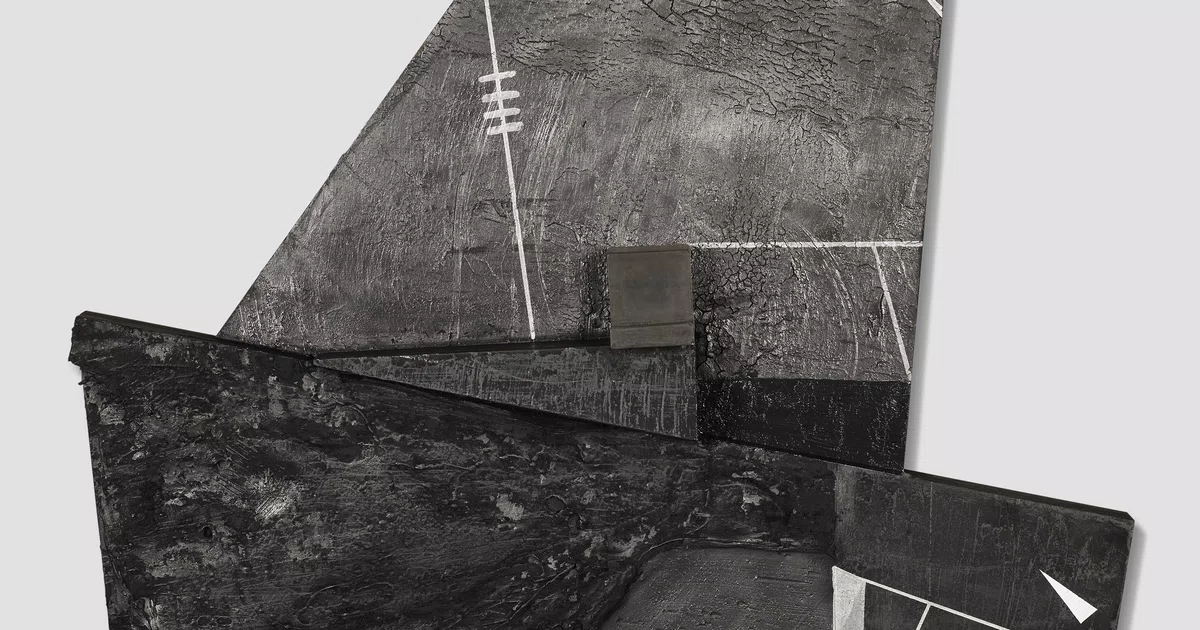 A Mini-Course Offered by the NU Emeriti Organization and EPL, Feb. 6 @ 6 p.m. (Virtual and in-person)
A Mini-Course Offered by the NU Emeriti Organization and EPL, Feb. 6 @ 6 p.m. (Virtual and in-person)
View | Art/Artist Spotlight
The instructor will be Prof. emerita D. Soyini Madison of Northwestern's Department of Performance Studies. Her mini-course will examine the increasing interest of Black artists in abstract art forms. The two sessions of this mini-course will include images of Black abstract art and interviews with the artists, from the past to the present, to expand notions of abstraction, practices of technique, and the imaginings of beauty.
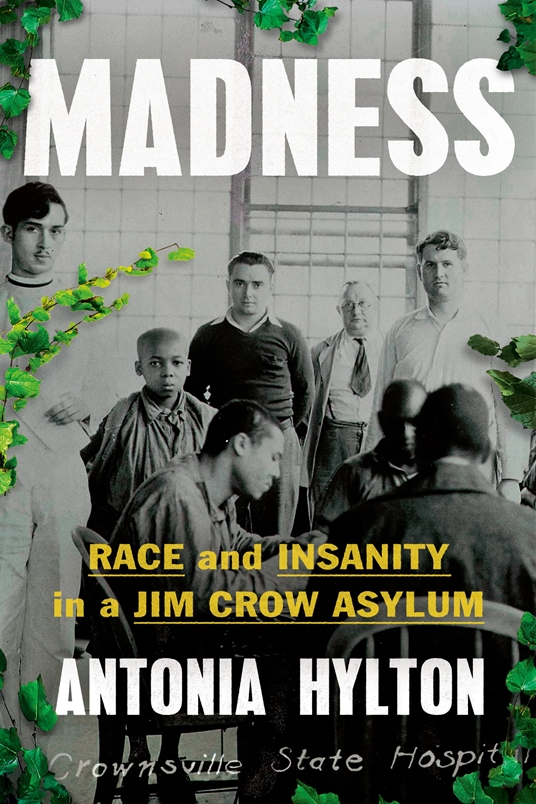 Book Took | Race and Madness: A Discussion between Antonia Hylton and Jonathan Metzl, Feb. 7 @ 5:30 p.m.
Book Took | Race and Madness: A Discussion between Antonia Hylton and Jonathan Metzl, Feb. 7 @ 5:30 p.m.
Event | Book Talk
Antonia Hylton, journalist and author of the recently published Madness: Race and Insanity in a Jim Crow Asylum, in conversation with Jonathan Metzl. Madness takes a hard look at how psychology was used to oppress Black Americans, from misconceptions during slavery to post-slavery abuses in institutions like Maryland’s Crownsville Hospital. Join the conversation to deepen your understanding of the historical intersection of race and mental health.
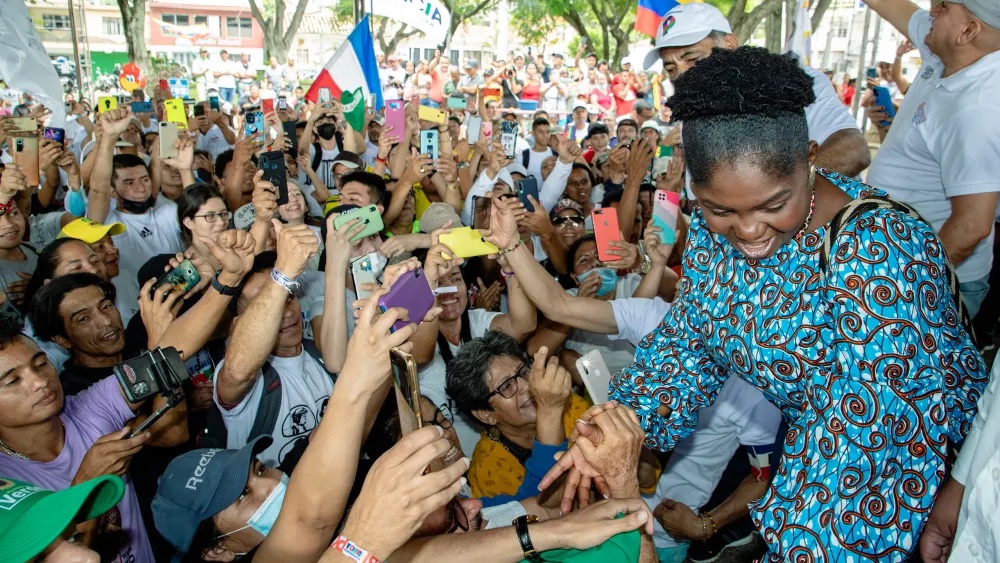 Igualada (2024), dir. Juan Mejia Botero
Igualada (2024), dir. Juan Mejia Botero
Watch | Narrative or Doc Film
In one of Latin America’s most unequal countries, Francia Márquez — a Black Colombian rural activist — challenges the status quo with a presidential campaign that inspires a nation to dream.
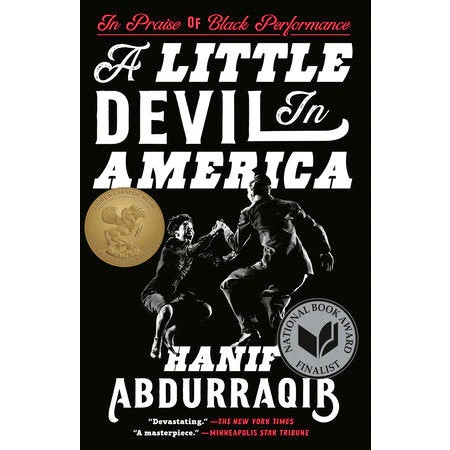 A Little Devil in America, Hanif Abdurraqib
A Little Devil in America, Hanif Abdurraqib
Read |Book/Essay/Interview
"I was a devil in other countries, and I was a little devil in America, too." Inspired by these few words, spoken by Josephine Baker at the 1963 March on Washington, MacArthur "Genius Grant" Fellow and bestselling author Hanif Abdurraqib has written a profound and lasting reflection on how Black performance is inextricably woven into the fabric of American culture.
 Questlove Supreme
Questlove Supreme
Listen | Music/Podcast
Questlove Supreme is a fun, irreverent and educational weekly podcast that digs deep into the stories of musical legends and cultural icons.
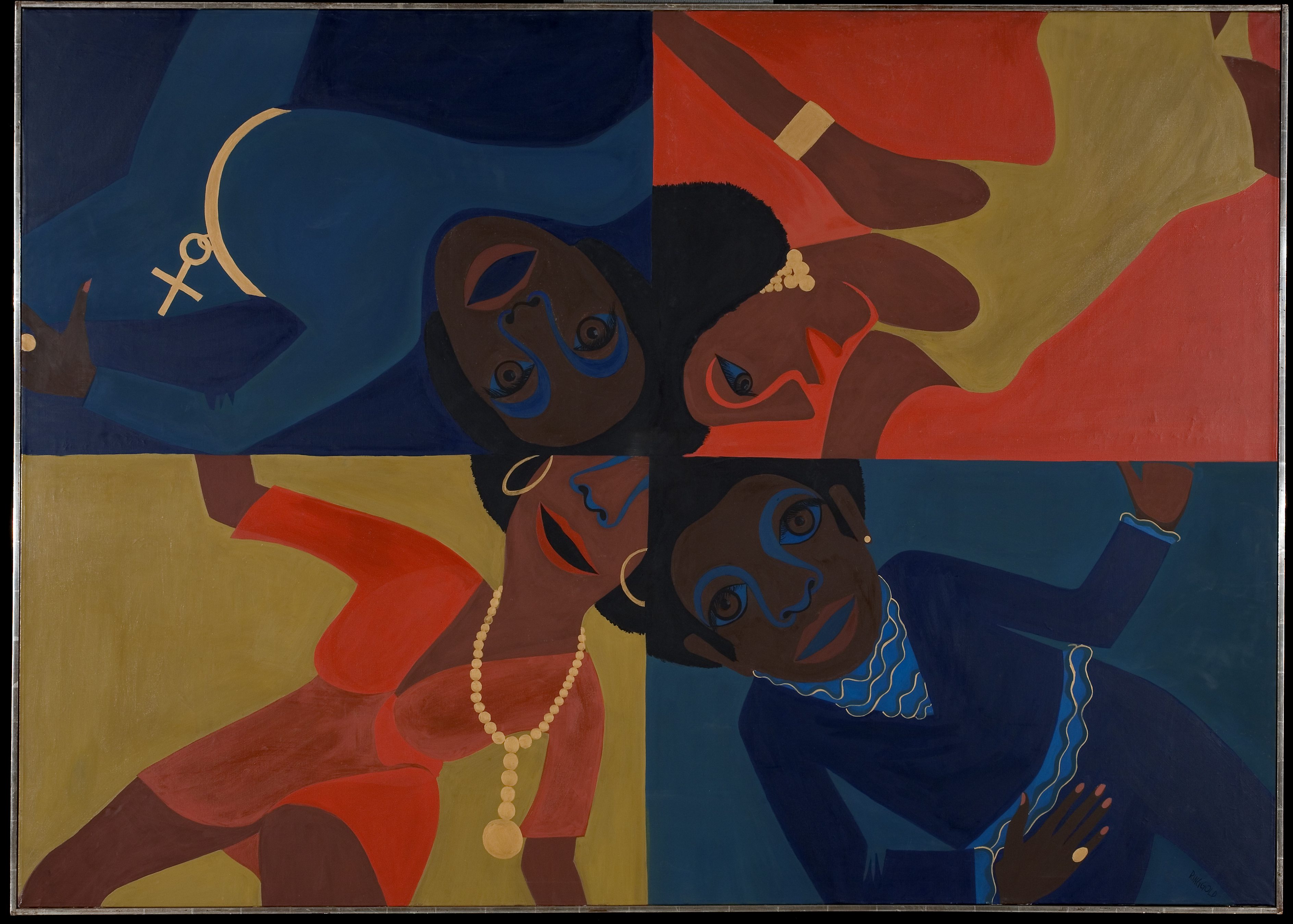 Exhibit: Faith Ringgold: American People, Museum of Contemporary Art Chicago( ends Feb. 25, 2024)
Exhibit: Faith Ringgold: American People, Museum of Contemporary Art Chicago( ends Feb. 25, 2024)
View | Art/Artist Spotlight
Artist, author, educator, and organizer Faith Ringgold is one of the most influential cultural figures of her generation, with a career linking the multidisciplinary practices of the Harlem Renaissance to the political art of young Black artists working today. Ringgold’s best-known series—such as her experimental story quilts, renowned painting series American People and Black Light, soft sculptures, performance objects, and ephemera related to her activist work—the exhibition examines the artist’s figurative style as it evolved to meet the urgency of political and social change.